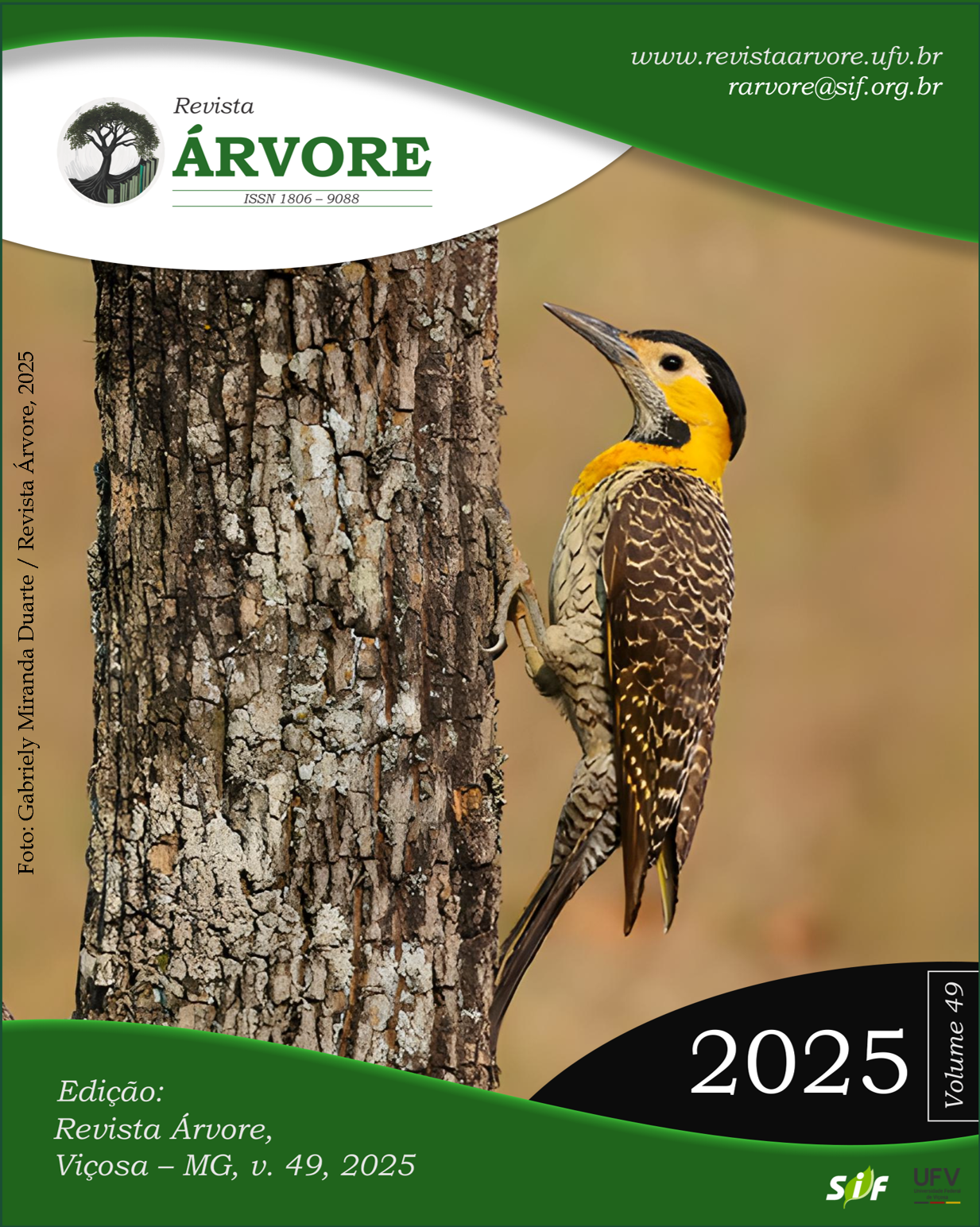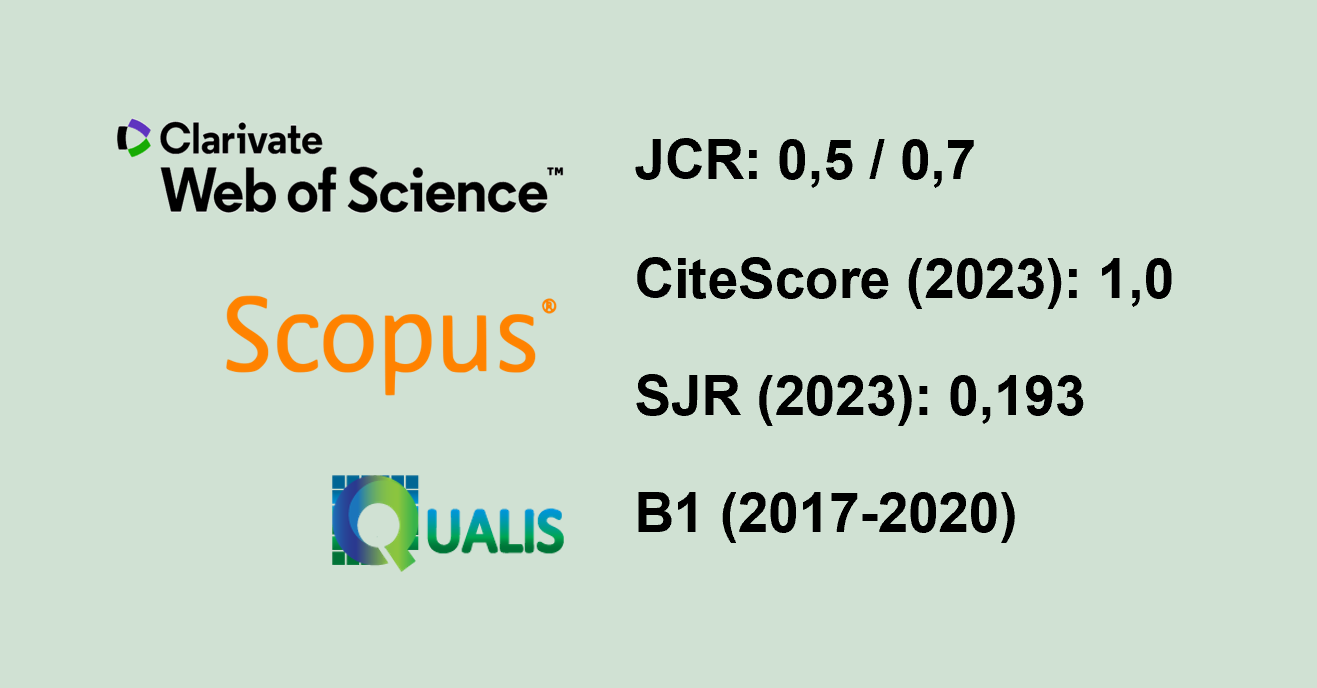Landscape environmental heterogeneity shaping tree community composition and structure in riparian forests
DOI:
https://doi.org/10.53661/1806-9088202549263747Keywords:
Alluvium forest, Topographic gradient, Microenvironment, Relationship species-environment, Edaphic conditions, Quantitative ecologyAbstract
Although riparian vegetation is widely recognized for its positive impact on soil and water quality and its role in ecological conservation, there is still a gap in understanding the effect of environmental heterogeneity on tree community composition and structure in riparian landscapes. Riparian forests are ecosystems with abrupt variations in topographic, edaphic, and hydrological features, resulting in the formation of microenvironments with specific plant compositions. We evaluated the influence of the topographical gradient on edaphic and hydrological attributes and their association with tree species composition, diversity, and structure in three remnants of riparian forests in Minas Gerais, at high slope, low slope and alluvium positions. Ten 400 m² plots were set up in each area. All trees and shrubs within the plots with diameter at breast height (DBH) greater than 5 cm were recorded. The abundance was correlated with the topographic, edaphic, and hydrological variables of the plots through multivariate analysis. The highest species richness (122) and diversity (H' 3.99) were associated with the low slope, while the alluvium had the highest tree density (3005 trees ha-1) and basal area (43.99 m2 ha-1). Cluster analysis and canonical correspondence indicated that the species distribution is mainly influenced by soil moisture and fertility. Understanding the dynamics of riparian forests is essential for strategic decision-making in tropical forest management towards the promotion of ecosystem services, forest restoration and sustainable development goals.
Keywords: Alluvium forest; Ttopographic gradient; Microenvironment; Relationship species-environment; Edaphic conditions; Quantitative ecology
Downloads
Published
How to Cite
Issue
Section
License
Copyright (c) 2025 Revista Árvore

This work is licensed under a Creative Commons Attribution 4.0 International License.
All authors agreed to submit the work to Revista Árvore and granted the exclusive license to publish the article. The authors affirm that it is an original work and has not been previously published elsewhere. The scientific content and opinions expressed in the article are the sole responsibility of the authors and reflect their opinions, not necessarily representing the opinions of the editorial board of Revista Árvore or of the Society of Forest Investigations (SIF).








